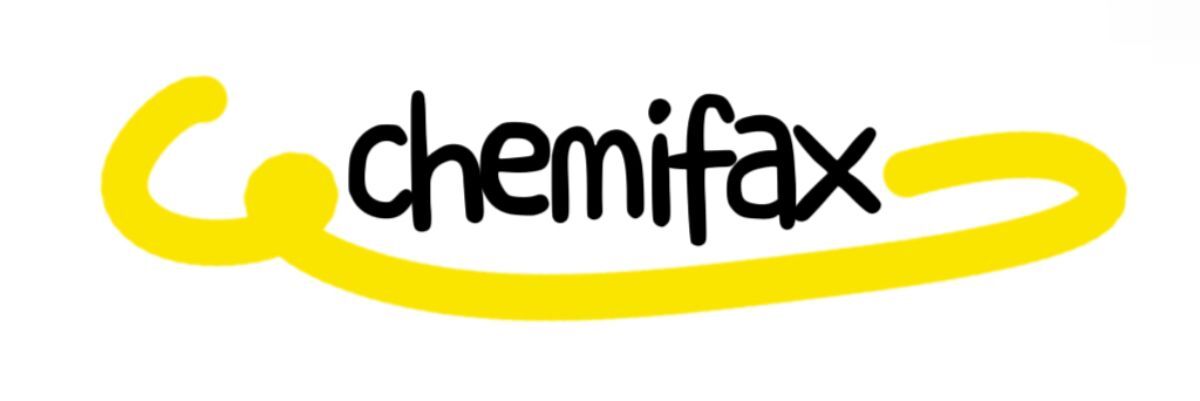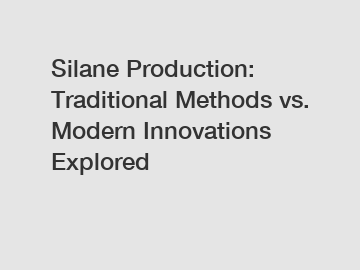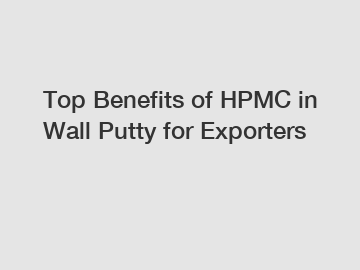How Can ODM Polypropylene Fiber Shape Sustainability?
Jan. 13, 2025
In the quest for a sustainable future, the materials we choose play a significant role in shaping our environmental impact. The fiber industry, in particular, has long been a focus of sustainability initiatives, with manufacturers striving to reduce waste and promote eco-friendly practices. One such material that has emerged as a frontrunner in this domain is ODM (Ongoing Development and Manufacturing) polypropylene fiber. This innovative fiber not only offers exceptional performance but also aligns with the principles of sustainability by minimizing ecological footprints and promoting renewable practices.
Polypropylene fiber, a synthetic fiber derived from petroleum, has gained immense popularity due to its versatility and durability. However, its conventional production processes have raised concerns regarding environmental impact. Enter ODM polypropylene fiber—a game-changer by adopting sustainable manufacturing methods and materials. ODM approaches sustainability with a comprehensive strategy that encompasses the entire lifecycle of the fiber, from raw material sourcing to end-of-life disposal.
One of the key aspects that make ODM polypropylene fiber stand out is its commitment to using recycled materials. Traditional polypropylene production relies heavily on virgin petroleum-based resources, leading to significant carbon emissions and resource depletion. In contrast, ODM incorporates post-consumer recycled polypropylene (PCRPP) into its manufacturing process. By reusing discarded plastics, ODM significantly reduces the demand for new fossil fuels, thereby decreasing its overall carbon footprint. This process not only helps divert waste from landfills but also promotes a circular economy, where materials are repurposed multiple times.
Furthermore, the production of ODM polypropylene fiber employs advanced technologies that enhance energy efficiency. Unlike conventional methods that require extensive energy input, ODM utilizes low-energy processes that decrease greenhouse gas emissions. By optimizing the manufacturing process, ODM can produce high-quality polypropylene fiber with significantly lower energy consumption. This approach not only conserves natural resources but also reduces costs, allowing for a more economically viable product.
Another significant factor in the sustainability of ODM polypropylene fiber is its inherent durability and longevity. High-quality polypropylene fibers are resistant to moisture, chemicals, and wear and tear, making them ideal for various applications, including textiles, geotextiles, and industrial uses. Their resilience means they have a longer lifespan compared to other materials, reducing the frequency of replacement and, consequently, waste generation. This durability aligns with the principles of sustainable design, where the focus is on creating products that endure and minimize environmental impact over time.
Moreover, ODM polypropylene fiber is fully recyclable, contributing to its sustainability profile. As more businesses and consumers prioritize sustainable practices, the ability to recycle materials becomes increasingly important. ODM’s fiber can be reprocessed into new products at the end of its lifecycle, further supporting the idea of a circular economy. By ensuring that its products can be reincorporated into the manufacturing stream rather than ending up in landfills, ODM sets a valuable precedent in the fiber industry.
Additional resources:THE IMPORTANCE OF WATER REDUCING AGENTS IN CONSTRUCTION
Unlocking Benefits of Food Grade Magnesium Sulfate: Your Guide
How Does Magnesium Sulfate Enhance Mineral Water Benefits?
How to Optimize 1,3-Dimethylurea Application Effectively?
Unlock Recovery: Benefits of Full Body Cryotherapy Machines
Why choose Dimethicone over other agents?
Unlocking High Purity 1,3-Dimethylurea: Benefits & Uses
Another aspect worth discussing is the role of ODM polypropylene fiber in reducing water consumption. Traditional fiber production processes, particularly in textiles, often involve excessive use of water, leading to resource depletion and pollution. In contrast, the production of ODM polypropylene fibers requires minimal water input. This reduction not only preserves this vital resource but also lessens the burden on local water systems, making it a prudent choice in regions facing water scarcity.
In addition to its various technical attributes, ODM polypropylene fiber plays a crucial role in fostering sustainable practices within the textile and manufacturing industries. By collaborating with brands and designers committed to sustainability, ODM encourages the shift toward more environmentally friendly production methods. This collaborative approach raises awareness about the importance of adopting sustainable materials and practices, inspiring a broader movement within the industry.
Furthermore, ODM advocates for transparency in its supply chain, which is essential for building trust and accountability. By providing clear information on sourcing, manufacturing, and end-of-life processes, consumers and businesses alike can make informed decisions about the materials they choose to support. This transparency not only enhances consumer trust but also encourages more brands to consider sustainability in their product development goals.
In summary, ODM polypropylene fiber represents a pivotal advancement in the movement towards sustainability in the fiber industry. Through the use of recycled materials, energy-efficient manufacturing, inherent durability, recyclability, and responsible water use, ODM is shaping a more sustainable future. Moreover, its commitment to collaboration and transparency paves the way for industry-wide change. As consumers become increasingly conscious of the environmental impact of their choices, materials like ODM polypropylene fiber demonstrate how innovation and sustainability can coexist, offering a pathway toward a more responsible and eco-friendly world.
If you want to learn more, please visit our website ODM polypropylene staple fiber exporter, hemc cellulose, gypsum putty hpmc.
Additional resources:How Are Silicone-Based Materials Revolutionizing Industries?
Intermediates in Agrochemicals: Innovations for Sustainable Agriculture and Pharma Manufacturing
Unlocking the Benefits of Trimethoxytridecafluorooctylsilane
Cryotherapy Full Body Machine vs. Traditional Ice Therapy: Which Wins?
Impact Cryotherapy Machines vs. Competitors: Which Is Best for You?
How Diphenyldimethoxysilane Revolutionizes Modern Materials Science?
Top Hydroxypropyl Methylcellulose For Gypsum Plasters for Sale in 2024
56
0
0
Related Articles









Comments
All Comments (0)